It’s not just a trend—its transformation backed by numbers. A recent Deloitte report revealed companies investing in holistic wellness saw a 67% increase in employee retention. Global absenteeism rates dropped by 28%. And 75% of employees said they’d choose well-being over a pay hike. These aren’t statistics—they’re stories waiting to be told.
Deadlines loomed like thunderclouds, and inboxes overflowed like unspoken grief. The fluorescent lights stayed on long after the spark in people faded. It wasn’t work—it was wear. It wasn’t ambition—it was attrition.
Remember the time when burnout was a badge of honour. The past work-life was always full of routines etched in calendars, coffee breaks between sprints, and dreams tethered to email threads. Companies had all their bets on efficiency, productivity and outcomes while employees had a only one wish “fat pay-check with some perks”. Burnouts, Stress, toxic work-culture and many other terms related to negative impact of demanding work place, were never a part of discussions. This work-life was just survival.
But here we are in the world which is evolving and has reshaped itself. Welcome to the age where cubicles breathe, deadlines respect boundaries, and wellness isn’t a weekend luxury but a weekday right.
Table of content
- From Burnout to Balance: A Wake-Up Call from the Past
- Cognitive Comfort: Designing for Mental Ease in a Noisy World
- Biophilic Breaks: Letting Nature Breathe into the 9-to-5
- The Empathy Equation: Where Culture Meets Compassion
- Wellness for Every Walk of Life: The Inclusion Revolution
From Burnout to Balance: A Wake-Up Call from the Past
Continue reading ⤵
“Balance isn’t weakness—it’s wisdom. You cannot pour brilliance from an empty cup.”

Today’s workplace is finally listening. Wellness is no longer a side perk—it’s central to the mission. Boundaries are being rebuilt, not out of rebellion, but out of respect. And balance? It’s not the enemy of ambition—it’s its most faithful ally.
Example – Deloitte
Deloitte launched its “Well-Being Subsidy” program, offering employees a wellness allowance that can be used for anything from fitness classes to mental health apps—empowering them to take control of their own balance.
Cognitive Comfort: Designing for Mental Ease in a Noisy World
“When the mind isn’t cluttered, it creates. When the brain isn’t racing, it rests. Cognitive comfort gives space for brilliance to breathe.”
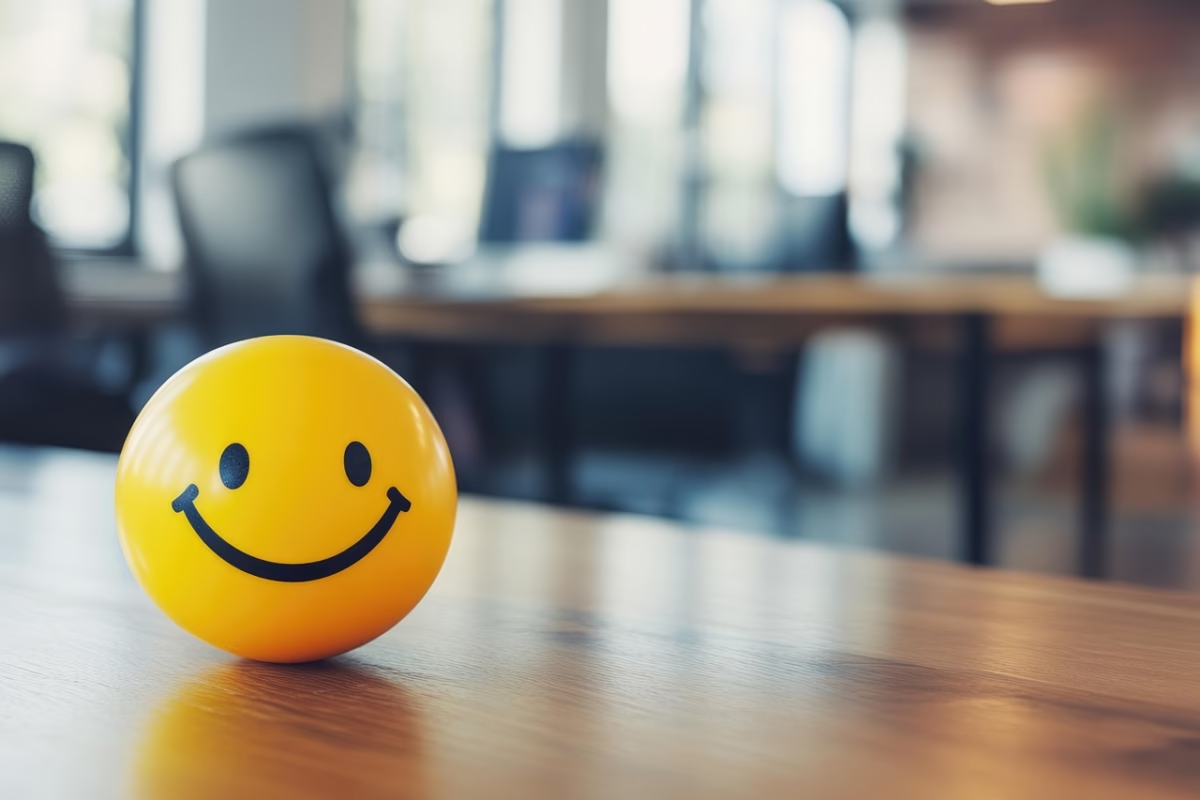
Think muted color palettes instead of overstimulating screens. Think fewer pings, and more purpose. It’s redesigning workflows that don’t fracture focus. It’s choosing silence over constant sync. In this age, comfort isn’t cushy—it’s clear.
Example – Atlassian
Atlassian embraces Cognitive Comfort through “Focus Time” integrations in calendars and tools. Employees are encouraged to block distraction-free hours—no meetings, no messages—so they can dive deep without surface-level stress.
Biophilic Breaks: Letting Nature Breathe into the 9-to-5
“Let the leaves do the talking, the breeze do the calming. In a world of buzz, a whisper of green rewires the mind.”
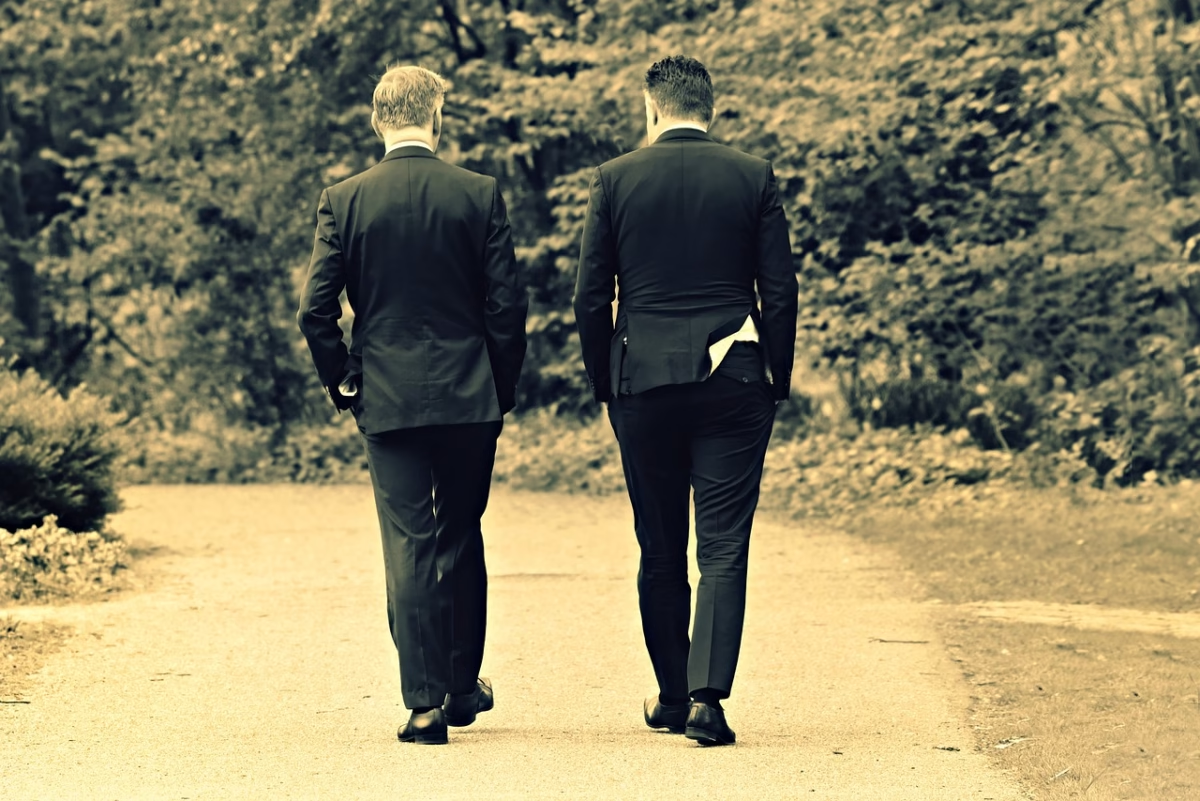
Biophilic design isn’t a luxury—it’s a lifeline. Studies now reveal that even small exposures to natural elements can lower blood pressure, lift mood, and awaken dormant creativity.
Studies now show a 15% boost in productivity and 37% drop in stress in nature-infused spaces. Forest-themed meeting rooms aren’t just aesthetic—they’re therapeutic.
Example – Google
Google’s Bay View campus brings the outdoors in—with walking paths winding through open-air courtyards, solar-powered light that mimics the sun’s rhythm, and garden terraces that invite teams to ideate beneath the sky. Employees are encouraged to step outside for “green breaks” as part of their well-being plan.
The Empathy Equation: Where Culture Meets Compassion
“When empathy walks into a room, performance follows. Trust blooms where fear once stood.”

The empathetic office doesn’t just offer perks—it offers presence. Because at the end of the day, humans don’t need more hustle. They need to feel heard.
Here, conversations aren’t just transactional—they’re transformational. Leaders no longer just manage, they listen. A missed deadline doesn’t earn a glare—it earns a gentle “Are you okay?” From wellness check-ins to trauma-informed HR practices, the office now speaks the language of emotional intelligence.
Example – Microsoft
Microsoft introduced company-wide “Mental Health Days,” encouraged meeting-free Fridays, and created internal peer-support groups to foster empathy-driven communication and emotional safety.
Wellness for Every Walk of Life: The Inclusion Revolution
“Belonging isn’t a benefit. It’s a birthright. And when we feel safe, we show up whole.”

In this new era, wellness adapts. It honors different neurotypes, life stages, identities, and lived experiences. Whether it’s quiet rooms for neurodivergent minds, women-led wellness circles, LGBTQIA+ affirming support, or programs for caregivers—today’s workplaces are saying: You matter, just as you are.
The best work happens when people aren’t just accommodated, but embraced. Inclusion isn’t a department anymore—it’s a daily design.
Way Forward: Reimagining Success with Soul
The metrics are changing. No longer is success measured solely in profits, productivity, or promotions—but in peace, purpose, and people. The future of work is not about squeezing more from the human spirit—it’s about setting it free.
Workplaces are becoming more than spaces to labor—they’re evolving into ecosystems where humans thrive, not just survive. This shift isn’t a trend; it’s a revolution—a call to leaders to lead with heart, to design with dignity, to measure well-being as rigorously as revenue.
🕊 “A job well done should not cost a life half-lived.”
“Sharing is caring! Share this article to spread the word“
Disclaimer:
The content provided in this article is for informational and educational purposes only. While every effort has been made to ensure accuracy, the examples and references to companies and wellness initiatives are based on publicly available information or interpretations of current trends and may not represent all details or current practices. Readers are encouraged to consult official sources or company websites for the most up-to-date information. This article does not offer medical, psychological, or legal advice. Always seek the guidance of qualified professionals regarding health, workplace, or mental well-being decisions.














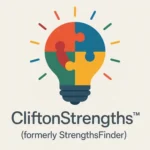
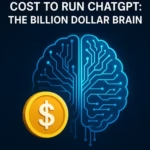


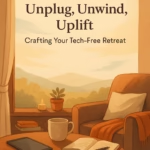

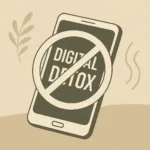







Leave a Reply